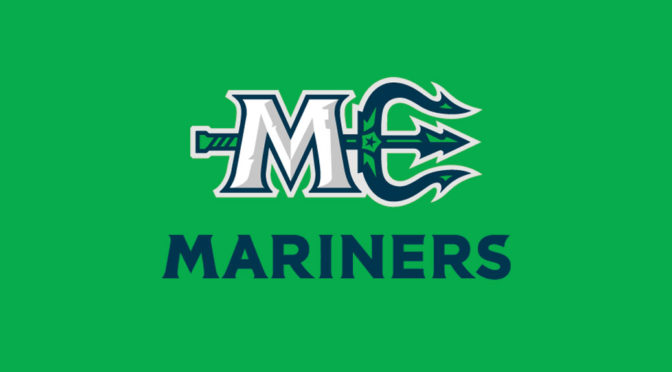After undergoing notable changes in recent months, both the AHL and ECHL are about to begin their 2018-19 minor league hockey seasons. From changes in teams, to affiliations and more, there will be new elements within both circuits this coming year. We highlight those developments in our look at what’s new in the AHL and ECHL.
AHL
The AHL’s number of teams now matches the NHL’s 31, thanks to the addition of the Colorado Eagles from the ECHL. The Eagles remain at the Budweiser Events Center in Loveland and are now the AHL affiliate of the Colorado Avalanche, after previously serving as the organization’s ECHL farm club.
The pairing gives the Avalanche and Eagles a strong regional partnership, but it also has implications for the San Antonio Rampage. A former affiliate of the Avalanche, the Rampage are now aligned with the St. Louis Blues—an NHL club that was left without a primary AHL affiliate during the 2017-18 season.
Another notable change in the league also has connections to the Eagles. The AHL has adjusted its conference alignment for 2018-19, with the Eagles joining the Western Conference’s Pacific Division. Two Texas-based teams—the Rampage and the Texas Stars—will move from the Pacific Division to the Central Division. Another move involves the Cleveland Monsters, who are joining the Eastern Conference and will play in the North. The Monsters previously played in the Western Conference’s Central Division.
ECHL
There has been far more activity in the ECHL, where several changes have taken place. Just as it did last season, the league will field 27 teams in 2018-19, but the complexion of those clubs has changed.
The Eagles departed for the AHL, while the Quad City Mallards ceased operations following the 2017-18 season. Elsewhere, the Maine Mariners will begin play at Portland’s Cross Insurance Arena, giving the venue its first minor league hockey team since the Portland Pirates (AHL) relocated to Springfield, MA in 2016. Another former AHL market that is set to welcome the ECHL is St. John’s, Newfoundland and Labrador, where the Newfoundland Growers are joining the league. St. John’s last club was the St. John’s IceCaps, who moved to Laval, Quebec prior to last season. Technically, Newfoundland is an expansion club, while the Mariners are the result of the ECHL’s June 2017 decision to approve the transfer of controlling interest in the defunct Alaska Aces membership to Comcast Spectacor.
Conference alignment has changed ahead of this season, with the Mariners and Growlers joining the Eastern Conference’s North Division. The Wheeling Nailers are shifting to the Western Conference’s Central Division from the North, while the Kansas City Mavericks have gone from the Central to the Mountain Division.
There were also several affiliation changes, as the ECHL experienced a far more active affiliation shuffle than what was seen in the AHL. A story early last month took a full look at the changes, and the only switch to have been announced since was the new affiliation between the Brampton Beast and the Ottawa Senators.
One final change to note for this season is that, for the first time in years, the ECHL is being led by a new commissioner. In May, the league announced that Ryan Crelin would succeed Brian McKenna in the commissioner post. McKenna announced in February that he would step down after the 2017-2018 season, his 16th as commissioner, while Crelin had served in a variety of roles since joining the league in 2005, most recently Chief Operating Officer.
The AHL season begins on October 5, with the ECHL campaign launching on October 12.
This article originally appeared in the weekly Arena Digest newsletter. Are you a subscriber? Click here to sign up for the free weekly newsletter


